Climate science
-
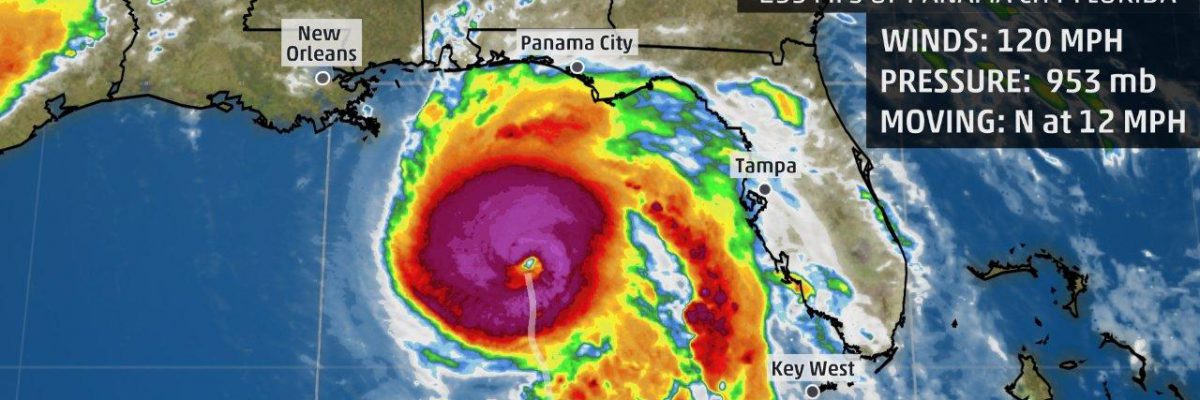
Do you wonder why Hurricane Michael intensified so much just before it made landfall in 2018? A new study by NASA scientists looks at this question. The new study, published in Nature Communications, identifies pre-storm conditions that can contribute to this rapid intensification – an important step in improving the ability to forecast it. The study…
-

For those of you who are in Georgia, you might be interested in this new web site recently introduced by the Georgia Climate Project. You can see it at https://www.georgiaclimateproject.org/portal/. This portal is intended to provide resources to address how climate change is affecting different sectors of Georgia’s economy and environment. The first theme is…
-
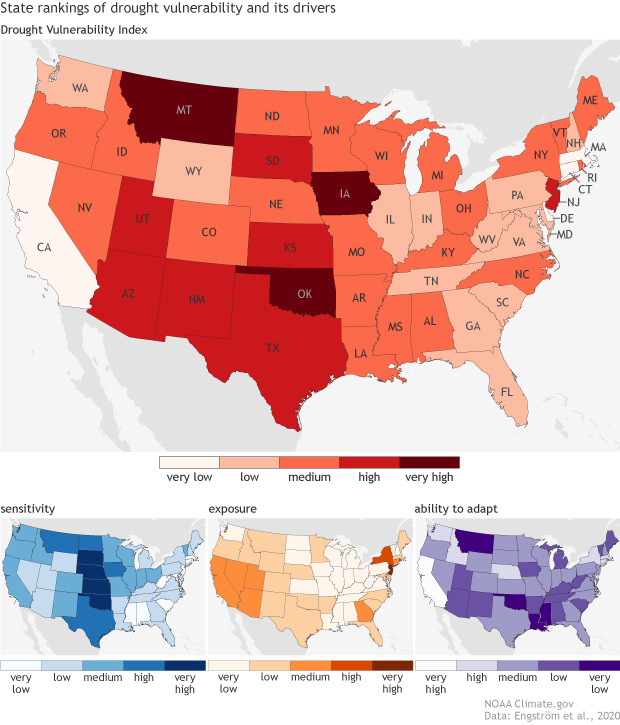
A new report from NOAA assesses the vulnerability of each state to drought. According to their report, “If asked where in the United States is most vulnerable to drought, you might point to those states in the West currently suffering under hot and dry conditions and raging wildfires. However, according to a new NOAA-funded assessment, what makes a…
-

This week the Proceedings of the National Academy of Sciences published a new paper which provided a series of maps describing how climate may shift in future decades. This gives a series of snapshots of how the climate region that is most suitable for humans and agriculture will shift as the climate gets warmer. You…
-
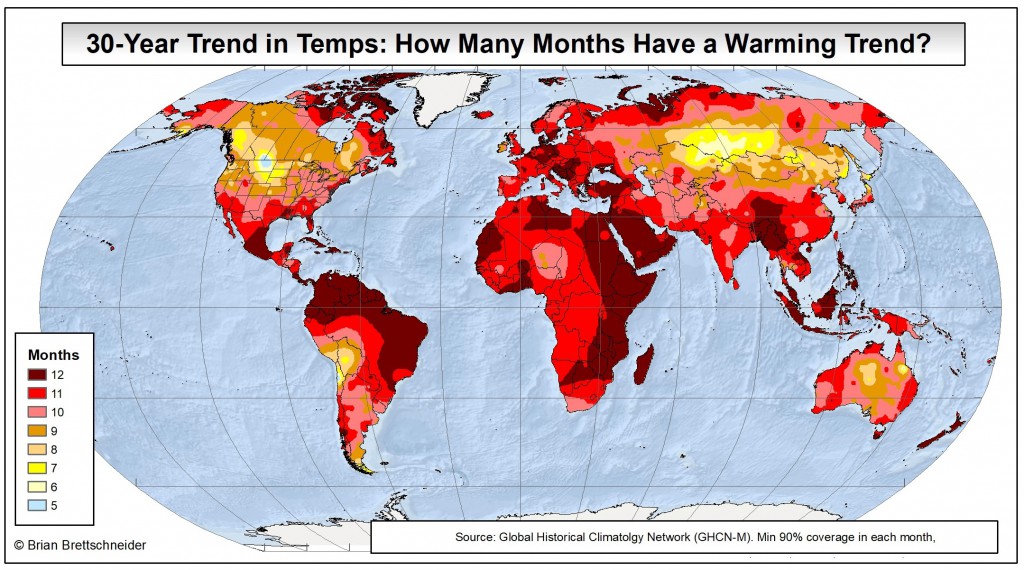
Brian Brettschneider (@climatologist49) posted a map on Twitter today which shows how many months of the year have seen a trend towards warmer temperatures for long-term historical weather stations over the last 30 years. The map is based on 2,844 stations in the GHCN-M database. Of those, only 17 stations had fewer than 6 months…
-
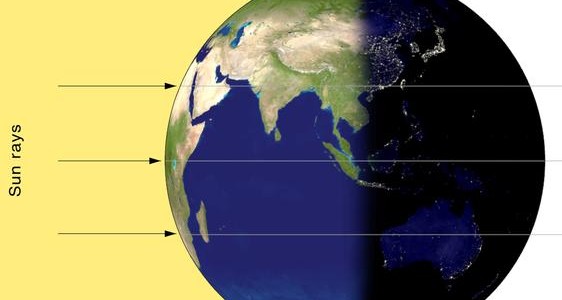
We are coming up on the autumnal equinox, which occurs this year on September 22 at 9:31 am EDT. You can learn more about what an equinox is by reading this story from EarthSky, a great source of astronomy-related (and sometimes atmosphere-related) news. This marks the beginning of astronomical fall (climatological fall began on September…
-
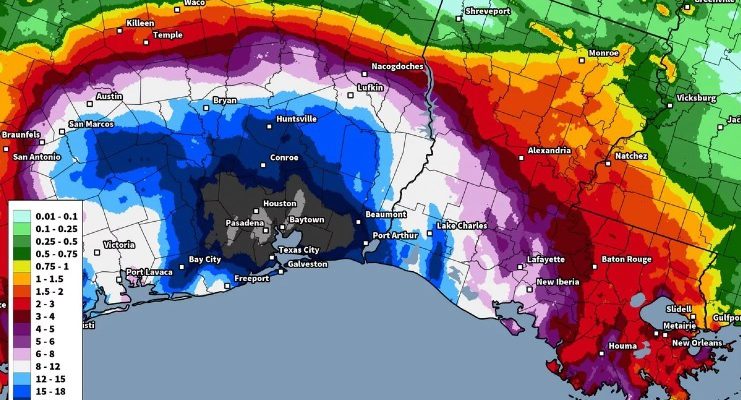
With eyes watching TD 19 today as it moves slowly WNW into the Gulf and towards the northern shore, you should be aware that slow-moving hurricanes can often cause more damage than fast-moving storms. That is because the strong winds and heavy rains can last over an area for any hours, pounding the buildings with…